
 |
Where can you go to see a Halifax Bomber?
In 1945 a war weary country set about dismantling the vast amount of war machinery. No thought was given at the time to preserving examples for future generations. The war had cost the nation too much and people had no appetite to keep the things that reminded them of their loss. They just wanted rid, and to start afresh. A few halifax aircraft carried on in various guises. Civilian Halifaxes did legendary work in the Berlin airlift. The last French air Force Halifax sortie was carried out in 1951. The RAF metrological Halifaxes soldiered on until until being phased out in January 1952. A few still flew with the Egyptian and Pakistan airforces until the mid fifties, but the days of the Halifax bomber were over. By the early 1960's only one halifax airframe was known to exist. An engineless hulk PN323 used for wireless aerial installation testing. The embryonic aircraft preservation movement rescued the remains and they were set to be displayed at the skyframe museum. Sadly this museum disbanded and the front fuselage and one undercarriage fairing was presented to the Imperial War museum. in london where it is displayed today as a walk through exhibit.
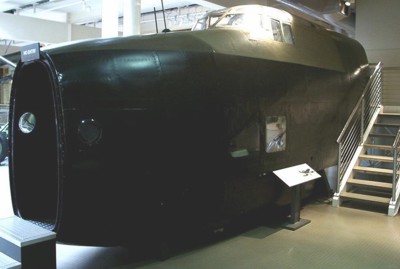
With all other known Halifaxes scrapped you would think that the story would end there, but it doesn't. In 1973 volunteers/members of the Norwegian Aviation historical Society and the RAF sub-aqua team found W1048 MkII resting at the bottom of Lake Hoklingen in Norway. In 1942 it had crash landed its port wing ablaze after one of the incredibly brave attempts to bomb the Tirpitz. The remains were lifted and presented to the RAF Museum. For some reason the RAF decided to shelve plans to restore her to her former glory and today the worlds only Merlin engined Halifax is displayed in as found condition. It is however a little known fact that parts from W1048's Merlins have been used to keep the Battle of Britain Memorial Flights Lancaster PA474 in the air, so at least we can say that a bit of a Halifax is still airborne!
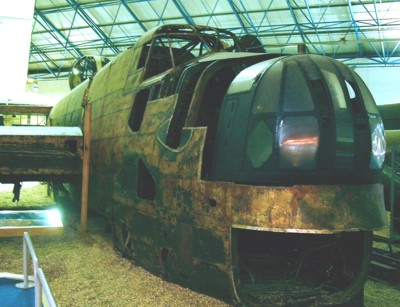

A front fuselage and a derelict bomber on display is little reward for the hard work and sacrifice of the Halifax crews, and this was felt particularly hard in the Halifaxes home county of Yorkshire. In 1984 Bobby Sage and the Yorkshire air museum volunteers set about the task of addressing this state of affairs. The find of Halifax HR792 rear fuselage on Stornaway, parts from many crash sites, a Hastings wings and new build material have given us the first true representation of complete, restored Halifax anywhere in the world..... Friday 13th, the unbeaten warrior returned, and today it sits at Elvington as pride of place in the Heart of No4 group. In the Yorkshire air museum
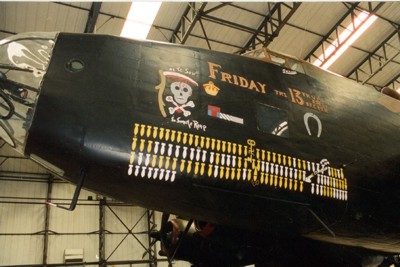
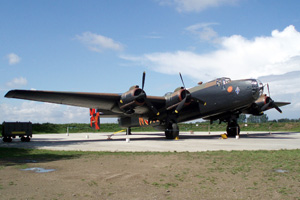
The Canadians of No6 group flew the majority of their missions in the halifax, only converting to the Lancaster late on in the war. (If only they had got some of their Halis back to Canada, there would be many more surviving today). Sadly they did not have an example of their own. Fortunately Karl Kjarsgaard (A Canadian airline pilot) had heard of a Canadian special duties Halifax that had been found 40 years after it had ditched in a Lake Mjosa in Norway. In 1995 It was, raised, dismantled and returned to Canada, where the most remarkable restoration has taken place. Information on the restoration can be found here.
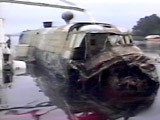

(NA337 emerges to the surface and on its unveiling in 2005 These photos are taken from the internet)
So today four Halifaxes can be found on display.... Or do you know of more.... The enterprising Canadians are trying to find LW170 that ditched off the Hebrides Islands west of Ireland in August 1945.... Two fully restored Halifaxes in Canada would be a remarkable sight!